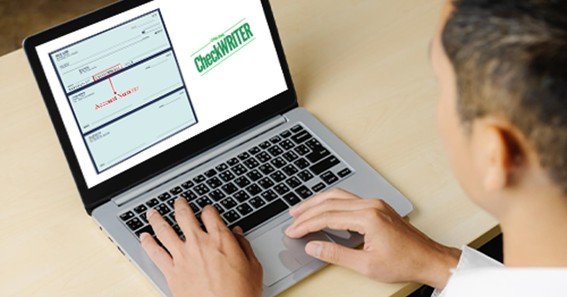If you’ve ever examined a check, you may have noticed a series of numbers printed at the bottom. These are known as MICR numbers, an acronym for Magnetic Ink Character Recognition. These numbers are crucial for the efficient processing and security of checks within the banking system.
What Are MICR Numbers?
MICR numbers are the distinct characters found at the bottom of a check, typically comprising the bank routing number, the customer’s account number, and the check number. Printed using magnetic ink and a specialized font, these numbers are designed to be easily read by both humans and machines. The technology was developed in the late 1950s to automate and streamline the processing of checks.
Why Do Checks Have MICR Numbers?
The inclusion of MICR numbers on checks serves several vital purposes:
1. Automation of Check Processing
Before the advent of MICR technology, checks were processed manually, which was time-consuming and prone to errors. MICR allows for the automated reading and sorting of checks, significantly speeding up the process and reducing the likelihood of mistakes. The magnetic ink and unique font enable machines to quickly capture essential information, facilitating efficient clearing and settlement of funds.
2. Enhanced Security Against Fraud
The use of magnetic ink and a specialized font makes it difficult to alter or forge the information on a check without detection. Any tampering with the MICR line can be easily identified by the banking systems, thereby deterring fraudulent activities and protecting both consumers and financial institutions.
3. Standardization Across Financial Institutions
MICR technology provides a standardized method for encoding essential banking information on checks. This uniformity ensures compatibility and consistency across different banks and financial systems, facilitating seamless interbank transactions and clearing processes.
Components of the MICR Line
The MICR line on a check typically includes the following elements:
-
Routing Number: Identifies the financial institution on which the check is drawn.
-
Account Number: Specifies the account holder’s unique account number at the bank.
-
Check Number: Indicates the sequential number of the check within the account holder’s checkbook.
These components are essential for accurately routing the check through the banking system to ensure the correct account is debited or credited.
Conclusion
MICR numbers are a fundamental feature of checks, playing a critical role in automating processing, enhancing security, and standardizing banking operations. Their implementation has revolutionized the way checks are handled, making financial transactions more efficient and secure.
Frequently Asked Questions
1. What does MICR stand for?
MICR stands for Magnetic Ink Character Recognition, a technology used to print and read information on checks.
2. Why is magnetic ink used for MICR numbers?
Magnetic ink allows specialized machines to read the information accurately, even if the check has marks or stamps over the MICR line.
3. Can MICR numbers be handwritten?
No, MICR numbers must be printed using magnetic ink and a specific font to be machine-readable and meet banking standards.
4. What happens if the MICR line is damaged?
If the MICR line is damaged or obscured, it may prevent automated processing, leading to delays as the check may need to be processed manually.
5. Are MICR numbers used outside of checks?
Yes, MICR technology is also used in other financial documents like deposit slips to facilitate automated processing.










